Do you love to eat fried chicken? Is it one of your favorite foods to serve at family gatherings, picnics, or even for Sunday dinner? Keep reading to find out how to consistently prepare fried chicken with a crispy, crunchy coating and tender, juicy meat.
Fried Chicken has been an American comfort food for many generations. This crowd pleasing dish has earned a place in our hearts, and on our dinner tables, because it is inexpensive and easy to prepare. Fried Chicken is versatile and can be served with many different side dishes - from a crisp green salad to creamy mashed potatoes with butter or even a steaming-hot baked sweet potato. This American comfort classic can also be paired with waffles and served with maple syrup in a delicious dish of Fried Chicken and Waffles.
Fried chicken is traditionally made by dredging cut-up, skin-on pieces of a broiler chicken in seasoned flour or dipping them in a batter. These coated pieces of chicken are then fried in hot oil. Fried chicken can be prepared using three methods: pan (or shallow) fry, deep-fry, or in a pressure cooker. Fried chicken is often served with a cream gravy. For perfect fried chicken, the skin should be crispy and the meat should be moist.
Fried Chicken Tips :
Coating :
Many fried chicken recipes call for soaking the chicken pieces in milk or buttermilk so that it will become tender. Some recipes suggest soaking the chicken for 15 minutes and some recommend soaking it overnight. In general, the longer your chicken soaks, the more tender it will be. Once your chicken soaks for the desired amount of time, remove it from the milk and pat it dry before coating it.
Your fried chicken recipe may call for a dredge or batter to coat the chicken. If you will be using a dredge, remember to season it with salt and pepper. Add finely chopped nuts to the flour component of your fried chicken dredge to add a rich, buttery flavor. Try using cornstarch instead of flour to dredge chicken for a gluten-free, extra crispy fried chicken.
Use shallow dishes, such as pie plates to hold the components of your dredge. Usually, there is at least one liquid and one dry component to a fried chicken dredge. To save on clean-up, place the dry components of your dredge in a large plastic zip-top bag. Once the chicken pieces have been dipped in the wet part of the dredge, drop them into the zip-top bag and shake them around until they are coated.
Cooking :
Whatever method of frying you plan to use, be careful not to crowd the pan so that the oil temperature stays consistent. Use a thermometer to keep track of the oil temperature. If you do not have a thermometer, drop a 1-inch cube of bread into the oil. If it browns in 60 seconds, the oil is at the right temperature for frying. If the oil temperature is too low, the chicken will be greasy. If it is too high, the outside of the chicken will cook or burn, while the inside remains raw. Make sure that your fried chicken is fully cooked inside to avoid food poisoning. Plan to cook pieces of dark meat chicken longer than pieces of white meat.
To pan fry, or shallow-fry, your chicken, you will need a cast iron skillet, tongs, and splatter guard. You will need at least ½ of oil or fat in the bottom of your skillet.
To deep-fry your chicken, you will need a dutch oven or other heavy-bottomed pan, a thermometer, and tongs. Deep-frying requires 3-4 inches of oil in your dutch oven. Use peanut or vegetable oil to deep-fry. Peanut oil has the higher smoking point. If you have coated your chicken in batter, be sure to use tongs to move chicken around so it does not stick together. When adding batter dipped chicken to hot oil for frying, be careful not to get spattered with the hot oil. Whenever you add something wet to hot oil, the oil will splatter.
To cook your fried chicken in a pressure cooker, you will need a properly working pressure cooker and tongs. Be sure to carefully read the manual for your pressure cooker and follow the instructions for frying chicken.
Carefully drain your fried chicken on paper towels after it has finished cooking, to keep it from becoming greasy. Once the chicken is drained, season it with salt and pepper.
Plan to reuse cooking oil? While oil is still hot, add a few slices of raw potato to the oil to remove any flavors that have seeped into the oil. After a few minutes, remove the slices of potato, cool and strain the oil. Store oil you plan to reuse in the refrigerator and check it to make sure it is not rancid before each time you use it.
To make southern style fried chicken: pan-fry coated chicken, putting a lid on the pan after chicken has cooked 10 minutes and taking lid off 10 minutes before chicken is done cooking. This cooking method yields a crisper fried chicken.
Fried Chicken Recipes :
Deep Fry :
Best-Ever Crispy Fried Chicken
Fried Chicken Slices with Lemon Sauce
Malaysian Spiced Fried Chicken
Pan Fry :
Traditional :
Buttermilk Fried Chicken with Gravy
Buttermilk Chicken Fried Cutlets
Fried Chicken with Cream Gravy from a Mix
Fried Chicken with Cream Gravy from Scratch
Southern Fried Chicken with Evaporated Milk
Non-traditional :
Fried Chicken with Ginger Sauce in a Wok
Fried Chicken with Honey Mustard Vinaigrette
Honey & Bacon Fried Chicken with Lemon Gravy
Panfried Chicken with Ancho Chiles and Mushrooms
Southern Fried Chicken with Sautéed Bananas
Pressure Cooker :
Original Kentucky Fried Chicken
Source: - https://www.fsis.usda.gov - Marion Cunningham, The Fannie Farmer Cookbook. New York: Bantam Books, 1994. Print.
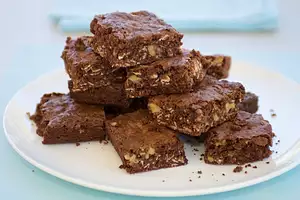
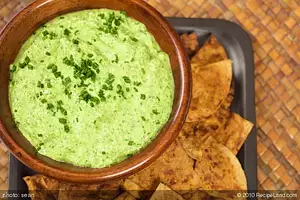
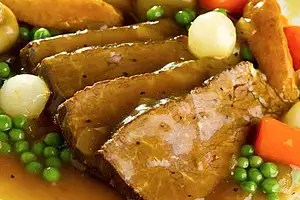
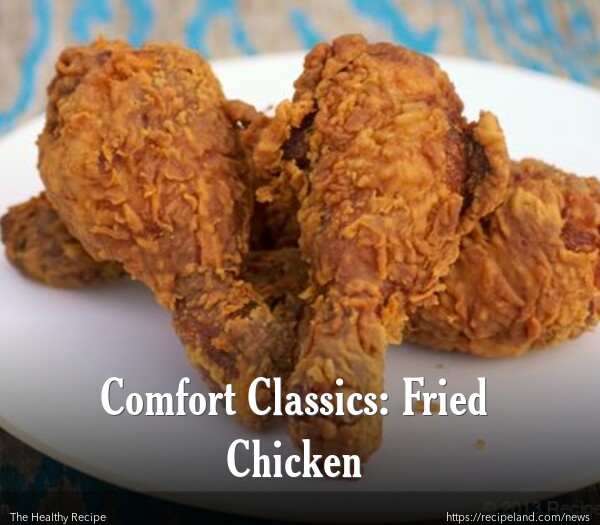
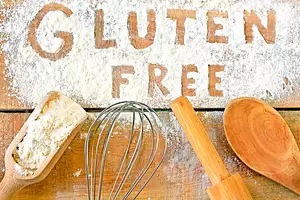


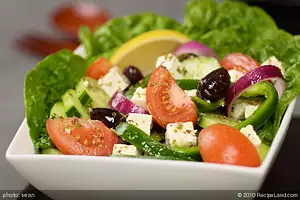
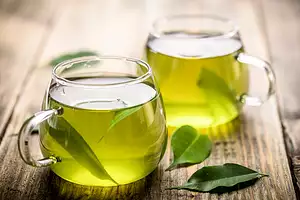

Comments